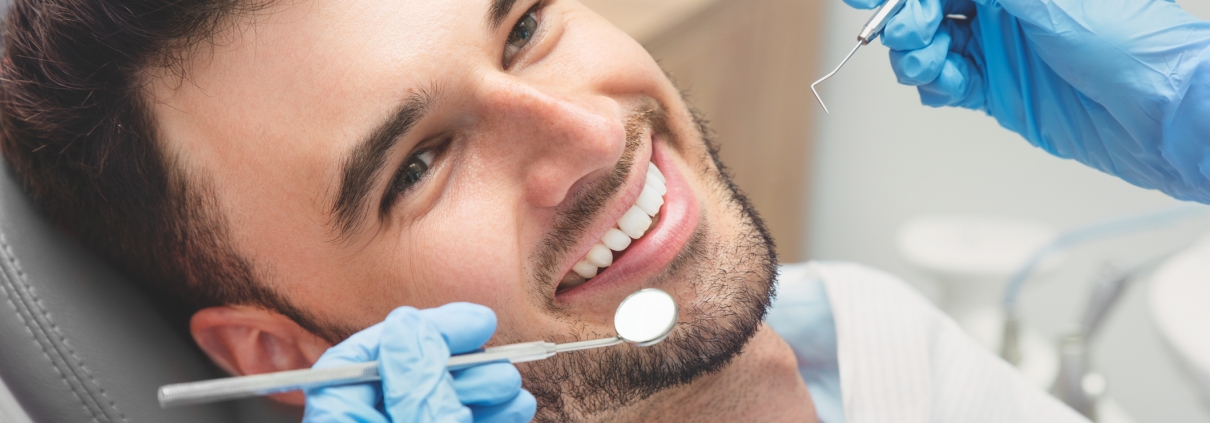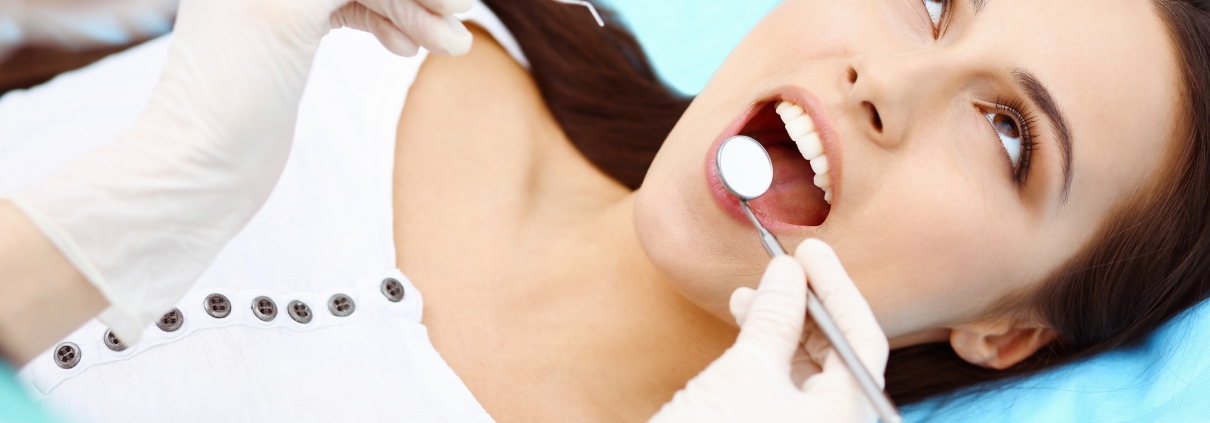If there is a problem with the appearance of your teeth and you want to have a beautiful smile, you should see a skilled dentist to consider a specific method to fix it according to the problem of your teeth.
Tooth bonding: In this method, a tooth-colored gum is used, and with a special light, this gum hardens and finally sticks to the tooth. This method can repair broken teeth and deformed teeth. In this method, the teeth can also be filled with silver amalgam (tooth filling material).
Tooth veneer: Veneers are thin and the same color as the teeth that cover the front surface of the teeth. Veneers can cause discoloration or deformation of the teeth, but this process is irreversible and cannot be removed. Porcelain veneers are better than resin veneers and are resistant to stains, and the reflection of light in porcelain veneers is similar to the reflection of light in natural teeth. Resin veneers are thinner and a small amount of tooth must be removed before placing it on the tooth.
Dental crowns: The crown is like a tooth cap. When the tooth is weak or heavily damaged, a crown is used to improve the shape, size and appearance of the tooth. Most crowns last 5 to 15 years. Crowns are made of metal, porcelain attached to metal, gum or ceramic. Before placing the crown, the tooth is slightly shaved and then the crown is attached to the tooth and completely covers the tooth.
Orthodontics:
Orthodontic wires apply constant pressure to the teeth and gently align the teeth.
Braces: Metal braces are still available, but some people prefer the invisible type. Braces (the part that attaches to the tooth) can be transparent, tooth-colored or colored. They can also be attached to the back of the tooth so that they are not visible. Invisible braces are made of a series of clear plastic molds that gradually align the teeth.
Teeth whitening: Different types of teeth whitening include toothpaste, gels, adhesives, and whitening materials that the dentist applies to the teeth. But bleach is not good for everyone. These bleaches can be good for healthy people with healthy teeth and gums.
Composite filling: Dental fillings sometimes need to be replaced due to crushing. Many people replace silver amalgam with a tooth-colored composite. Instead of silver amalgam, people use tooth-colored composites to beautify their teeth. Some people are also concerned that silver amalgam contains mercury and is dangerous to health, so they use the same color tooth composite. In large composite fillings, filled teeth wear faster than silver amalgam. But in small fillings, the composite works well.
Gingival remodeling: This method is useful in cases where the teeth are very small or the gum line is uneven. A small amount of gum tissue and, if necessary, extra bone tissue is removed to make the teeth more visible. This procedure can be done for one or more teeth.
Dental implants: Many people lose their teeth due to tooth decay, infection and gingivitis, and dental surgery. A dental implant made of titanium replaces the tooth root. Implants are a strong base for permanent dentures or removable dentures (veneers).











